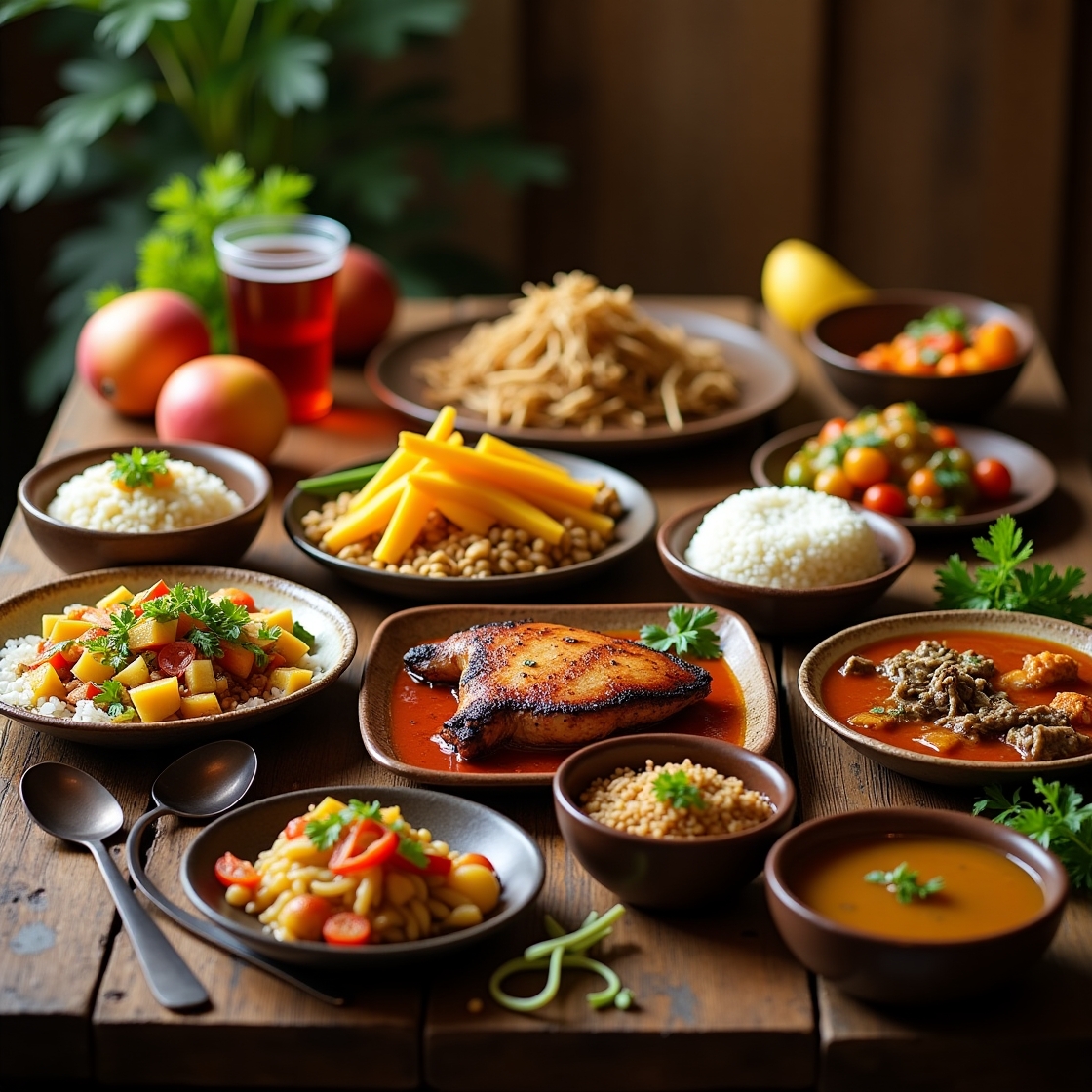Exploring the Rich and Diverse Cuisine of the Philippines
The Philippines, an archipelago of over 7,000 islands, is a melting pot of cultures, and its cuisine reflects this beautifully. Filipino food is an extraordinary blend of indigenous traditions, Spanish influence, Chinese flavors, and American twists, creating a culinary experience that’s both unique and deeply rooted in history.
A Symphony of Flavors
Filipino cuisine is characterized by bold flavors, often balancing sweet, sour, and salty tastes in one dish. This balance is a hallmark of the country’s culinary identity. Whether it’s a tangy adobo, a sweet leche flan, or a creamy halo-halo, the flavors are always vibrant and memorable.
Must-Try Filipino Dishes
- Adobo: Often hailed as the unofficial national dish, adobo is a savory stew made with chicken or pork, marinated in soy sauce, vinegar, garlic, and spices. Its simple yet flavorful profile makes it a favorite across the islands.
- Sinigang: This sour soup, often made with tamarind, is a comforting dish filled with vegetables, pork, shrimp, or fish. It’s the perfect dish for rainy days.
- Lechon: A showstopper at Filipino celebrations, lechon is a whole roasted pig with crispy skin and juicy meat. It’s the epitome of indulgence.
- Pancit: Filipino noodles, often stir-fried with vegetables, meat, and soy sauce, are a staple dish for birthdays as they symbolize long life.
- Kare-Kare: A rich peanut stew made with oxtail, vegetables, and sometimes tripe, served with bagoong (fermented shrimp paste) for an added burst of flavor.
Street Food Adventures
Filipino street food offers an exciting array of snacks and quick bites. From the crunchy kwek-kwek (battered quail eggs) to the adventurous balut (fertilized duck egg), street food is a window into the everyday life and culture of the locals. Don’t miss banana cue—sweet, caramelized bananas on skewers—and isaw, grilled chicken intestines, for a true Filipino street food experience.
Desserts and Sweet Treats
Filipinos love their sweets, and their desserts are as colorful as their culture. Halo-halo, a festive mix of shaved ice, milk, fruits, jellies, and sweet beans, is perfect for beating the tropical heat. Other favorites include bibingka (rice cake), puto (steamed rice cake), and pastillas (milk candies).
The Role of Food in Filipino Culture
Food in the Philippines is more than just sustenance; it’s a way of life. It plays a central role in family gatherings, fiestas, and celebrations. Sharing food is an expression of love, hospitality, and community spirit. Meals are often communal, with rice as a constant companion to every dish.
Conclusion
Filipino cuisine is a journey through the country’s history, geography, and culture. Whether you’re savoring a traditional dish in a local eatery or indulging in street food, each bite tells a story. The richness of flavors and the warmth of the people who prepare it make Filipino food an unforgettable experience. If you haven’t yet explored the culinary treasures of the Philippines, your taste buds are in for a delightful adventure!
